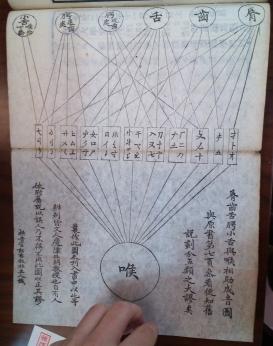This is a project on phonology, the study of the sounds of human language, in China in the period 1500–1900. The ultimate aim of this research is to question the idea that the study of language in imperial China equaled philology and classicism, by drawing attention to phonology among the rich corpus of late imperial sources. I want to explore to what extent Chinese phonology, a field often marginalized in histories of science in China, was technical and formalized in ways most often associated with the linguistic science of a later age. A study of late imperial phonology will challenge the characterization of twentieth-century linguistics as a scientific and highly formalized reaction to the humanist, classically oriented philology that would have preceded it. I expect to reveal what defined phonology as a discipline, and contribute to a better understanding of the development of modern linguistics in China and elsewhere.
During my time at the MPIWG (2015–2018), one article came out of the project:
"'Shooting Characters': A Phonological Game and Its Uses in Late Imperial China,'' Journal of the American Oriental Society 138.2 (2018): 327-59.
An earlier version was presented at the Association for Asian Studies Annual Conference, Seattle, March 31–April 3, 2016.
As of January 2019, I expect to work on this project intermittently for the foreseeable future.

